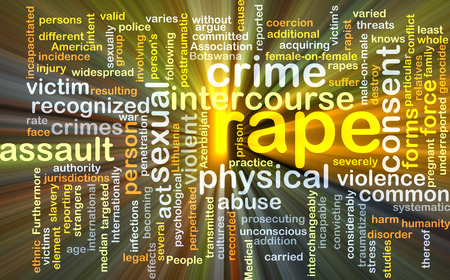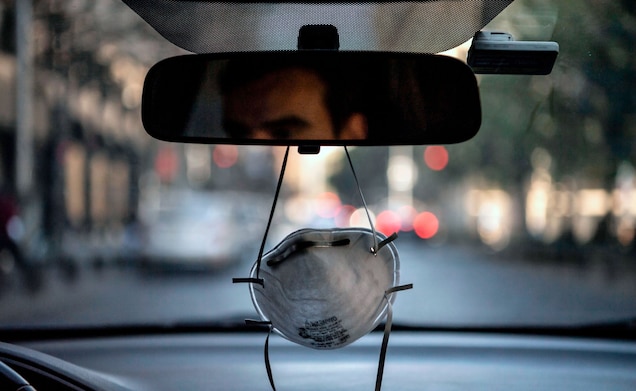
In State v. Gene, the WA Court of Appeals held that for a charge of Rape in the Second Degree by Forcible Compulsion, the force must be directed at overcoming the victim’s resistance. If a victim is unconscious or unable to respond there is no resistance to overcome.
BACKGROUND FACTS
The defendant Mr. Gene and K.M. had a “brother-and-sister-like friendship.” During the summer of 2018, they hung out almost all the time every weekend together with a group of their friends. On the evening of August 29, 2018, Gene and two of his friends, Jesus Montano and Sedrick Hill, went to K.M.’s apartment. K.M.’s friend Rachel Charles was already present. The group used the hot tub in K.M.’s apartment complex, consumed alcohol, and listened to music. At some point during the evening, they went up to K.M.’s apartment and played a drinking game.
Eventually, K.M. began to feel unstable and sick. She went to the bathroom and began vomiting. Still feeling nauseous and dizzy, K.M. went to her bedroom to sleep. K.M. felt uncomfortable and nauseous in her bed, so she took a comforter and slept in a fetal position on the floor. At trial, K.M. testified that Gene sexually assaulted her while she slept on the floor.
Gene was charged with numerous counts of Rape in the Second Degree by Forcible Compulsion. A jury found Gene not guilty of Counts 1 and 3, and guilty of Count 2. Gene appealed his sole conviction on arguments that insufficient evidence existed to support it.
COURT’S ANALYSIS AND CONCLUSIONS
The WA Court of Appeals began by defining “Forcible compulsion” under the statute.
In short, “Forcible compulsion” means physical force which overcomes resistance, or a threat, express or implied, that places a person in fear of death or physical injury to herself or himself or another person, or in fear that she or he or another person will be kidnapped.
Next the Court interpreted WA’s case law. Quoting State v. McKnight, it said that in order for there to be forcible compulsion, there must have been force that was “directed at overcoming the victim’s resistance and was more than that which is normally required to achieve penetration.” Furthermore, the resistance that forcible compulsion overcomes need not be physical resistance, but it must be reasonable resistance under the circumstances.
“Here, viewing the evidence in the light most favorable to the prosecution, K.M. did not resist the penetration of her vagina by Gene’s penis. K.M.’s testimony, set forth in full above, was that she was unconscious or unable to respond when Gene engaged in sexual contact with her. Because K.M. was unable to respond, she could not resist the penile-vaginal assault and there was no resistance for Gene to overcome.” ~WA Court of Appeals
Accordingly, under these circumstances, no reasonable juror could find beyond a reasonable doubt that Gene resorted to forcible compulsion to engage in penile penetration of K.M.’s vagina. Thus, the evidence was insufficient. With that, the Court of Appeals reversed Gene’s conviction and remanded for further proceedings.
However, the Court of Appeals also mentioned Gene for rape in the second degree by means of engaging in sexual intercourse with a person who is incapable of consent by reason of being physically helpless or mentally incapacitated.
Please contact my office if you, a friend or family member are charged with a sex ofense or any other crime. The Fourteenth Amendment due process clause both requires that
every element of a charged crime be proved beyond a reasonable doubt and
guarantees a defendant the right to a unanimous jury verdict. Hiring an effective and competent defense attorney is the first and best step toward justice.















